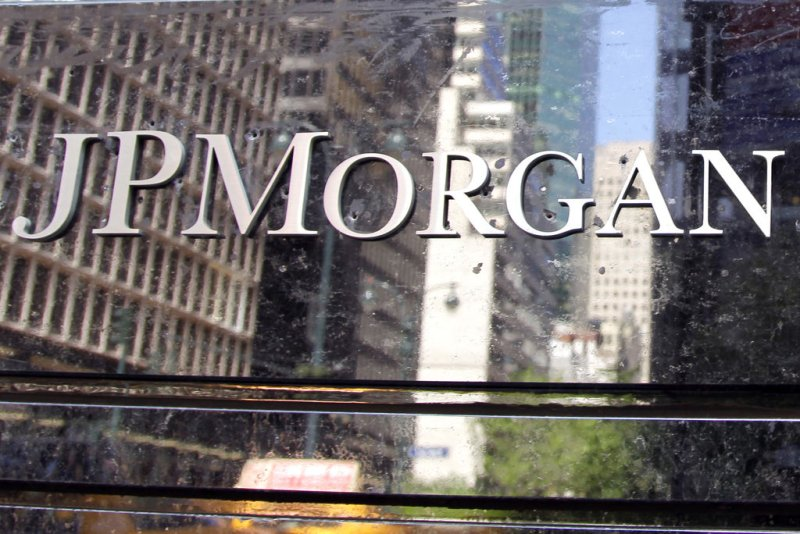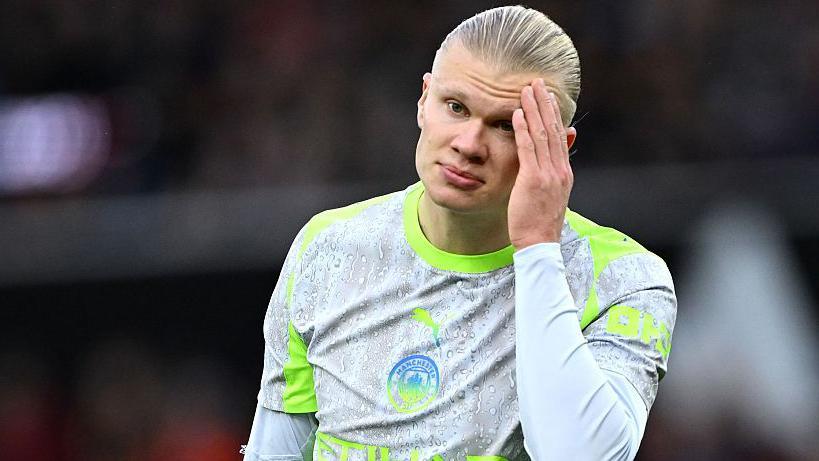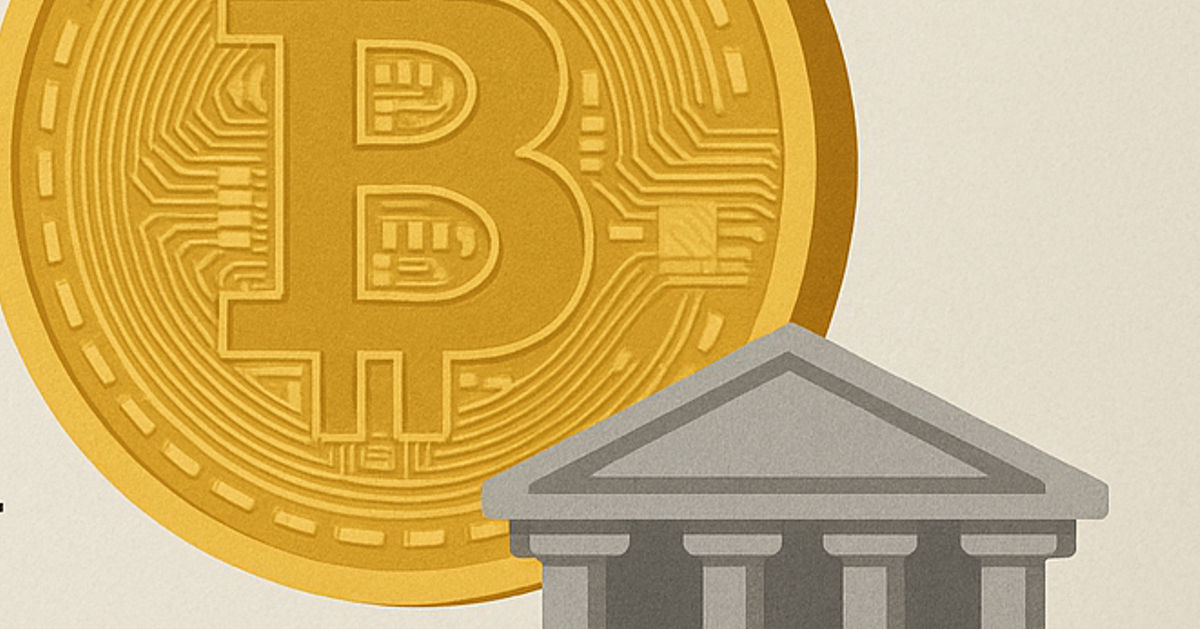Wall Street Rift Widens as JPMorgan’s Dimon Clashes With Private Credit Titans Over Risk and Resilience

A contentious debate has ignited on Wall Street following a pair of credit market blowups, pitting traditional banks against burgeoning private credit firms. At the heart of the dispute is who is better equipped to navigate a broader economic downturn.
JPMorgan Chase & Co. CEO Jamie Dimon sparked the conflict by using his bank's $170 million loss from auto lender Tricolor Holdings as a cautionary tale, suggesting "there's never just one cockroach", a remark interpreted by some as a jab at nonbank lenders. Dimon further expressed concerns about the varying underwriting standards among nonbank lenders, stating, "We don't know everyone's underwriting standards... I suspect when there's a downturn, you will see higher than normal downturn type of credit losses in certain categories."
Marc Lipschultz, head of Blue Owl Capital Inc., swiftly retaliated, asserting that the credit issues with Tricolor and car-parts supplier First Brands Group originated in bank-led loans, implying Dimon should scrutinize his own institution's practices. Lipschultz articulated the sentiment of many private credit executives who privately complain that banks' "sloppy diligence" on these cases are unfairly being attributed to the risks associated with newer players. He suggested that established financial institutions hold "meaningful, parochial interests in the industry not continuing to grow and succeed," especially as major private equity firms like Blackstone now rival banks in market capitalization.

This bickering highlights the significant changes sweeping across the financing landscape, where banks are increasingly forced to coexist with or cede ground to upstart lenders. While private credit firms have taken business from banks' leveraged loan desks, they have also become significant clients and occasional partners, creating a delicate balance that is now at risk. Akshay Shah of Kyma Capital observed that "land mines starting to go off everywhere," suggesting vulnerabilities in both banking and private credit sectors. John Cortese of Apollo Global Management and Jon Gray, President of Blackstone Inc., underscored that the problematic transactions, Tricolor and First Brands, were funded by banks and public markets, not traditional direct private lending. They viewed these as "late-cycle behavior where market participants got away from the fundamentals," rather than indicative of pervasive issues within private credit.
Private credit leaders argue that their model, where direct lending funds typically hold loans rather than selling them off like banks, necessitates more rigorous diligence to prevent blowups. Joel Holsinger, co-head of alternative credit at Ares Management Corp., noted the "dramatically more extensive" diligence possible in private credit. However, Dimon's comments landed at a sensitive time for the private credit industry, which has enjoyed strong returns but faces scrutiny over its resilience in a period of higher defaults. Signals of stress include many private credit business development companies (BDCs) trading at a notable discount to their net-asset value, and a rising percentage of payment-in-kind (PIK) in BDC portfolios, indicating deferred cash interest.
Despite these concerns, industry figures like Carlyle Group Inc. CEO Harvey Schwartz proclaimed, "I've never seen a shadow this bright ever in the history of time," referring to the industry's robust growth. Blue Owl executive Jonathan Lamm acknowledged that Blue Owl's shares have tumbled and its BDCs, with about 14% PIK investments, are "mispriced from a sector perspective," attributing it to market fears rather than impending credit defaults. Dimon, who previously questioned if the industry had reached "peak private credit," continues to ruffle feathers, indicating a prolonged tension between these powerful financial sectors as they jockey for position and influence in a dynamic market environment.
You may also like...
Wolves Fandom Erupts: 'Sell the Club!' Chants Rock Stadium Amidst Frustration!

Wolves fans' frustration reached a boiling point at Molineux, with chants against the club's ownership and manager Vitor...
Haaland's Agony: Disallowed Goal and Injury Plague Man City's Disappointing Outing!

Manchester City's nine-match unbeaten run came to an end at Villa Park as Aston Villa secured a victory, highlighted by ...
Andrew Garfield Teases Spider-Man Return, But Fans Should Brace for a 'Catch'

Andrew Garfield has expressed a keen interest in joining Sony's animated *Spider-Verse* franchise, hinting at a potentia...
Mel Gibson's 'Passion of the Christ' Sequel Faces Blasphemy Outcry Over Jesus Recasting

Mel Gibson's highly anticipated sequel, "The Resurrection of the Christ," is moving forward two decades after the origin...
Snoop Dogg Drops Bombshell at Verzuz Relaunch in Vegas, Igniting No Limit-Cash Money Battle

Snoop Dogg made a surprise appearance at ComplexCon in Las Vegas, joining his former label, No Limit Records, in a star-...
Daft Punk Legend Thomas Bangalter Stuns Paris with Surprise DJ Set Alongside Fred again..

Daft Punk's Thomas Bangalter made a rare surprise appearance with Fred again.. for a DJ set at Paris' Centre Pompidou. T...
Obama Dives Deep: New Podcast Honors Revolutionary Fela Kuti

Former U.S. President Barack Obama has curated a new 12-episode podcast series, "Fela Kuti: Fear No Man," celebrating th...
Waje & KCee Ignite Romance with New Track 'Luvey Luvey'

Waje has released a new single, “Luvey Luvey,” featuring KCee, a warm and feel-good song celebrating love. Blending Afro...


